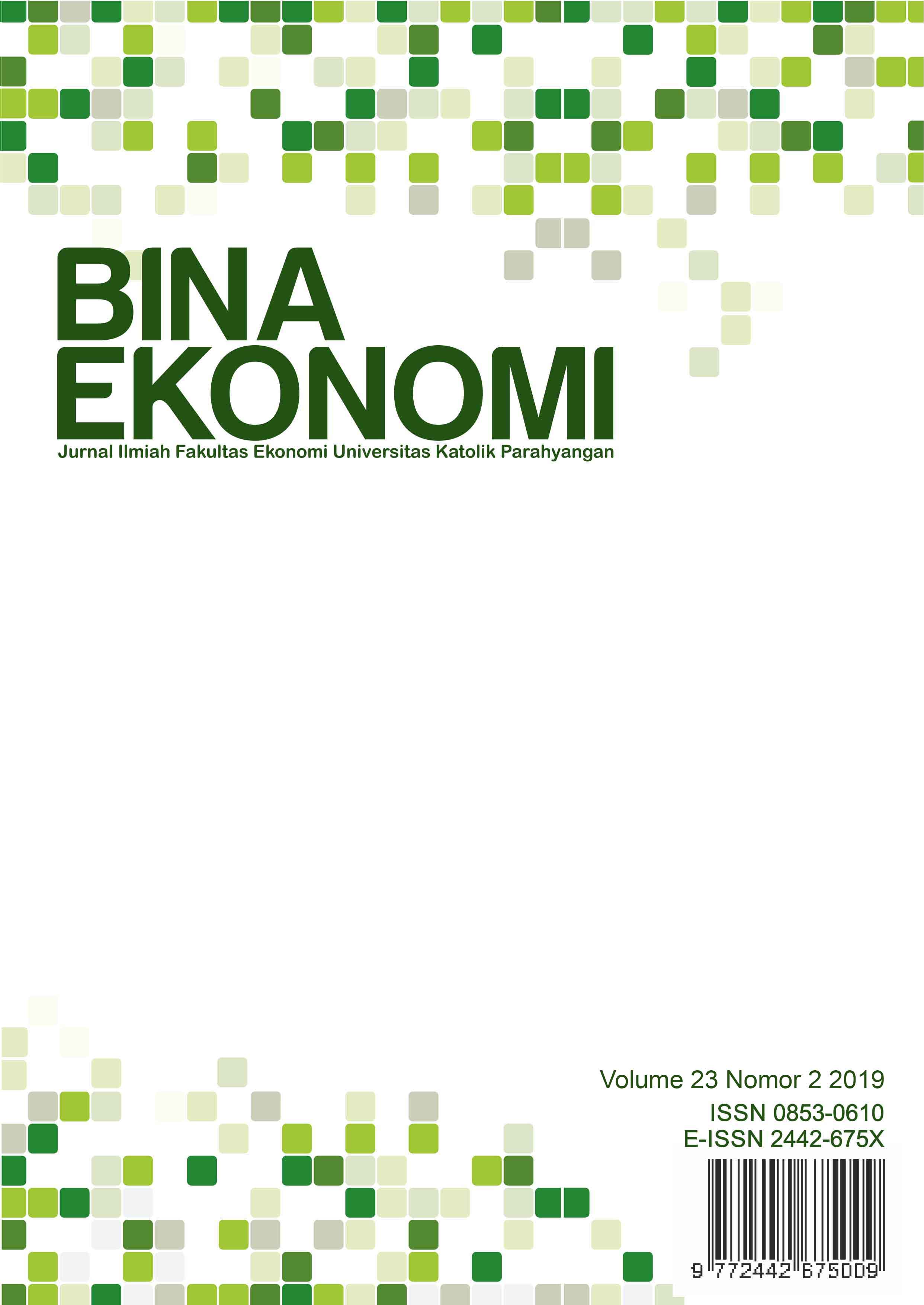Country Tax Regime And Firm Debt Financing
DOI:
https://doi.org/10.26593/be.v23i2.4453.78-71Abstract
The ASEAN country’s tax regime can be distinguished into the classical tax regime (Indonesia, Thailand, and Philippines) and integrated tax regime (Singapore, Malaysia, and Vietnam). This paper aims to understand the effect of the different tax regimes to firm debt financing policy. We analyze the effects of different tax regimes using the cross section regression method. The dependent variable is Debt to Equity Ratio, the independent variable is proxied by a dummy variable with the classical tax regime are defined as 1 and the integrated tax regime are defined as 0, and firms’ characteristics, as a control variable: Net Property Plan and Equipment to Total Asset Ratio, One Year Sales Growth, Price to Book Value Ratio, and Earnings before Interest, Taxes, Depreciation and Amortization to Total Asset Ratio. Since the classical tax regime has higher tax rates relative to the integrated tax regime, firm operating in the classical tax regime able to experience the same debt tax saving using lower debt financing relative to firm operating in the integrated tax regime.
Keywords: ClassicalTtax Regime; Integrated Tax Regime; Debt Tax Saving; Debt Financing; ASEAN Country


